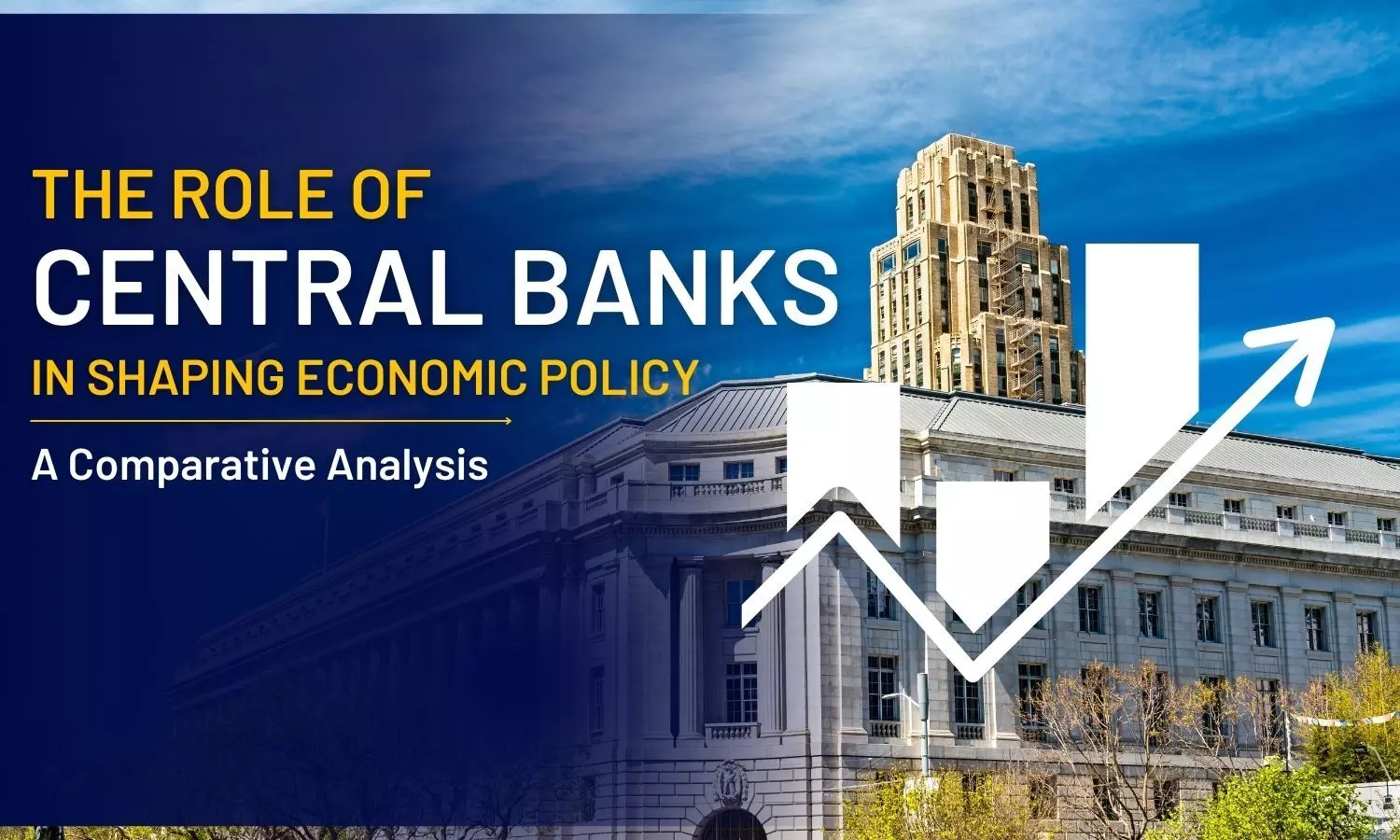The Backbone of Market Stability - Central Banks' Historical Journey
In the ever-evolving financial world, central banks stand as the bedrock of economic stability. They are not just institutions; they are architects of market trends, wielding significant influence over the economy's trajectory. The role of central banks extends beyond mere oversight; they actively shape market dynamics through various monetary tools and policies.
Historically, central banks have evolved from guardians of the Gold Standard to modern-day stewards of fiat currencies. The 20th century marked a shift from the rigid Gold Standard, where a country's currency was pegged to gold reserves, to the era of fiat money, where currency value is based on government decree. This transition granted central banks greater flexibility in managing economic fluctuations. The Federal Reserve, for instance, was instrumental in steering the U.S. economy through the Great Depression and subsequent crises, illustrating the pivotal role of central banking.

Central banks employ a toolkit of strategies to influence market trends. Interest rates are a primary lever, adjusting to either stimulate or moderate economic activity. For example, during the 2008 financial crisis, the Federal Reserve cut rates to near-zero levels, encouraging borrowing and investment, which helped revive sagging markets. Liquidity injection is another crucial tool, as seen during the COVID-19 pandemic when central banks pumped trillions into global markets, averting a worst-case economic scenario.
Monetary policy frameworks, grounded in inflation targeting, aim to maintain price stability. Central banks closely monitor inflation指标, adjusting policies to prevent hyperinflation or deflation. This balance is crucial; excessive inflation erodes purchasing power, while deflation stifles economic growth. The European Central Bank's (ECB) response to Eurozone challenges demonstrated this delicate balance, employing unconventional measures to sustain growth.
Unconventional Times, Innovative Strategies - Central Banks in the Contemporary Era
The financial landscape has witnessed unprecedented challenges, prompting central banks to adopt innovative strategies. Unconventional monetary policies, such as quantitative easing (QE), have become a staple in the central banker's toolkit. QE involves large-scale asset purchases, injecting liquidity and lowering long-term interest rates. The Bank of Japan's prolonged QE program is a case in point, aiming to stimulate economic growth and combat deflation.
Communication strategies have also evolved, with central banks increasingly emphasizing forward guidance.透明的沟通有助于市场参与者理解政策意图, reducing uncertainty and fostering stability. The Federal Reserve's clear communication during the COVID-19 crisis provided reassurance, preventing market panic.
Global cooperation among central banks has become essential in addressing transborder issues. The 2008 crisis underscored the interconnectedness of global markets, prompting collaborative efforts. The G20's financial task force, guided by central bankers,促进国际金融体系改革和稳定。
As central banks navigate future challenges, balancing inflation and growth remains critical. The ECB's cautious approach to unwinding stimulus reflects this balance, aiming to sustain recovery without stoking inflation. The rise of digital currencies presents another frontier, with some central banks exploring Central Bank Digital Currencies (CBDCs) to modernize payments and enhance control.
In conclusion, central banks are indispensable in shaping market trends. They employ a diverse array of tools and strategies, adapting to evolving challenges. Their actions profoundly impact global markets, making them key influencers in the economic arena. As the financial world continues to evolve, the role of central banks will remain dynamic, continually shaping market trends in response to the ever-changing economic landscape.
